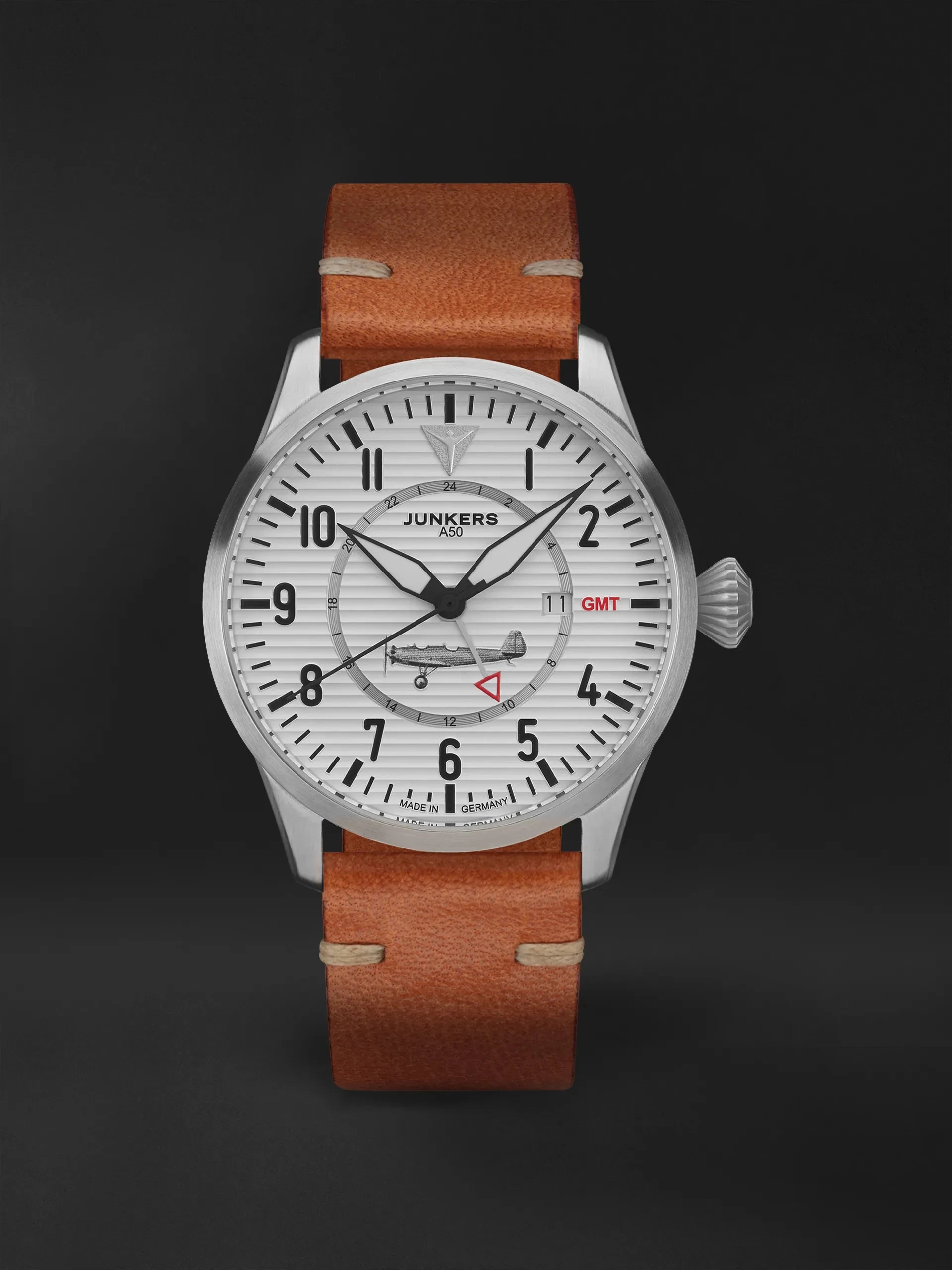Hugo Junkers
Hugo Junkers made aviation history with his airplanes, above all the J 1, the F 13 and the JU 52. His inventions and achievements paved the way for civil aviation. They are still in use today, in every Airbus and Boeing that flies high above our heads. Of course, times bring innovations and the beginning of the 20th century was particularly rich in them. But it was Hugo Junkers who, through his tireless drive for research and his will to fight against the resistance in the minds of his colleagues, consistently implemented these developments and, contrary to the opinion of the time, made metal fly. In 1910, he patented the idea of accommodating the struts, propulsion and, if possible, the cargo and passengers of an airplane in a hollow body, the shape of which was instrumental in providing the airplane with lift. The so-called thick wing is taken for granted today and is used worldwide.

Hugo Junkers did not design any of his airplanes himself. He knew how to recognize and promote talent and work towards a common goal. Thus, the name of a designer whom Hugo Junkers was able to commission and challenge to realize his vision is always closely associated with every Junkers aircraft. Due to this attitude, he also recognized the potential of the Bauhaus early on, which no longer saw research, art and craftsmanship as separate from one another, and became one of its best-known patrons at the time.
As a result of his research, for which purpose he constructed a wind tunnel and built it on the roof of his first teaching facility, the RWTH Aachen, he created airplanes that were also visually groundbreaking. Nowadays they may seem clunky, but if you compare them with the "flying boxes" of the past, the revolution becomes clear.
The Junkers A50 - streamlined pure form
The Junkers A50 Junior is an outstanding example of the streamlined shape of a Junkers aircraft. Designed purely as a sports aircraft, the main focus here was on reducing the weight. This led to the reduced, narrow fuselage, which still looks extremely aesthetic today.

The perfect, beautiful shape of its airplanes and the fact that a technology that is over a hundred years old is still valid today continues to inspire time and time again. Two Hugo Junkers models, built by Junkers Flugzeugwerke, are currently back in the air, practically true to the original. Engines have evolved and have been adapted accordingly, and the instrumentation has of course been digitized. However, the basic shape has hardly had to be altered and pilots can now fly safely and efficiently in a legendary aircraft that can call itself a timeless classic.


Junkers is not just thinking about yesterday when it comes to watches either. Of course, the development of a portable watch dates back to the 15th century. Their shape has not changed significantly either. Watches play an important role in aviation for various reasons. Similar to nautical instruments, they have always been an integral part of steering and navigation instruments. With our analog timepieces, we want to give people of today an accessory for everyday life that reminds them of the achievements of mankind, reflects their own style and also makes their practical use a constant source of pleasure. The spirit of invention and aviation is deeply rooted in our DNA. Junkers watches are currently working on a very special material innovation in collaboration with the aircraft factories. Who says that an innovation can't be transferred from one discipline to another, from the past to the present?
The Junkers A 50 special edition
The Junkers A 50 special edition comes with an appliquéd airplane on the corrugated sheet metal dial, reminding you of the feeling of flying over mountains and valleys in an open sports plane every time you look at the watch. As it is equipped with a GMT movement, an individual second time zone can be set.





